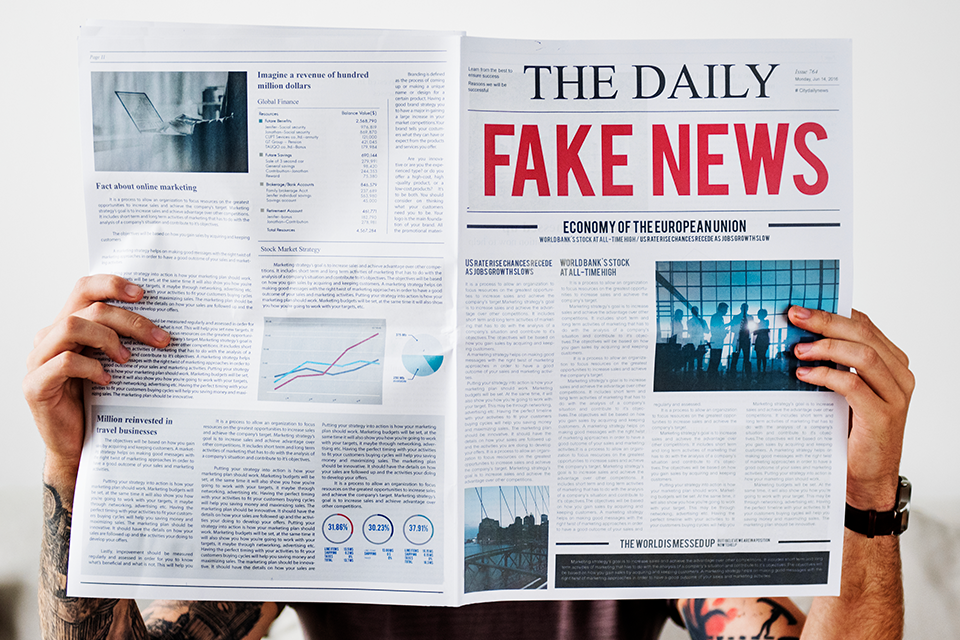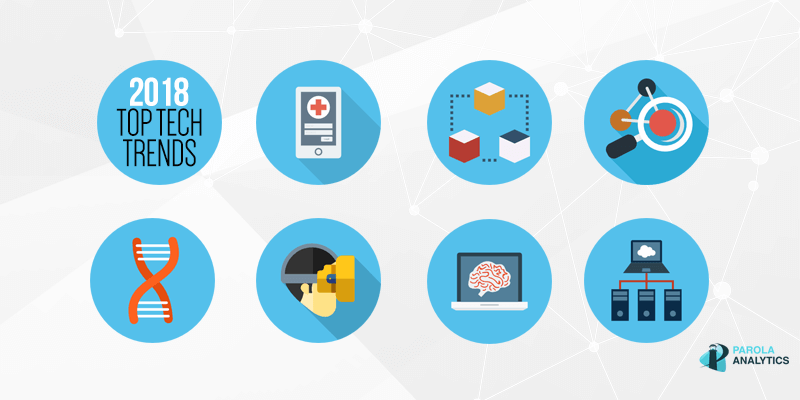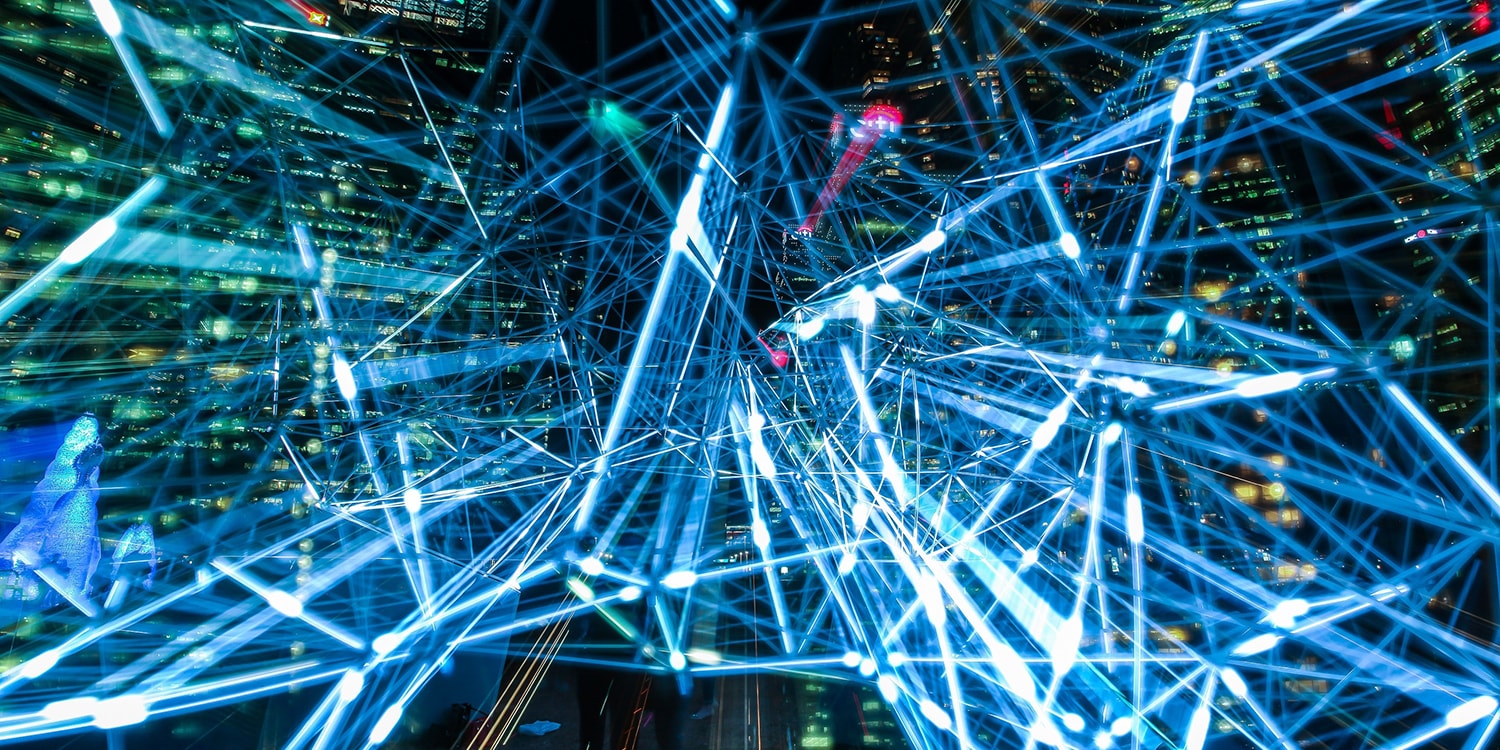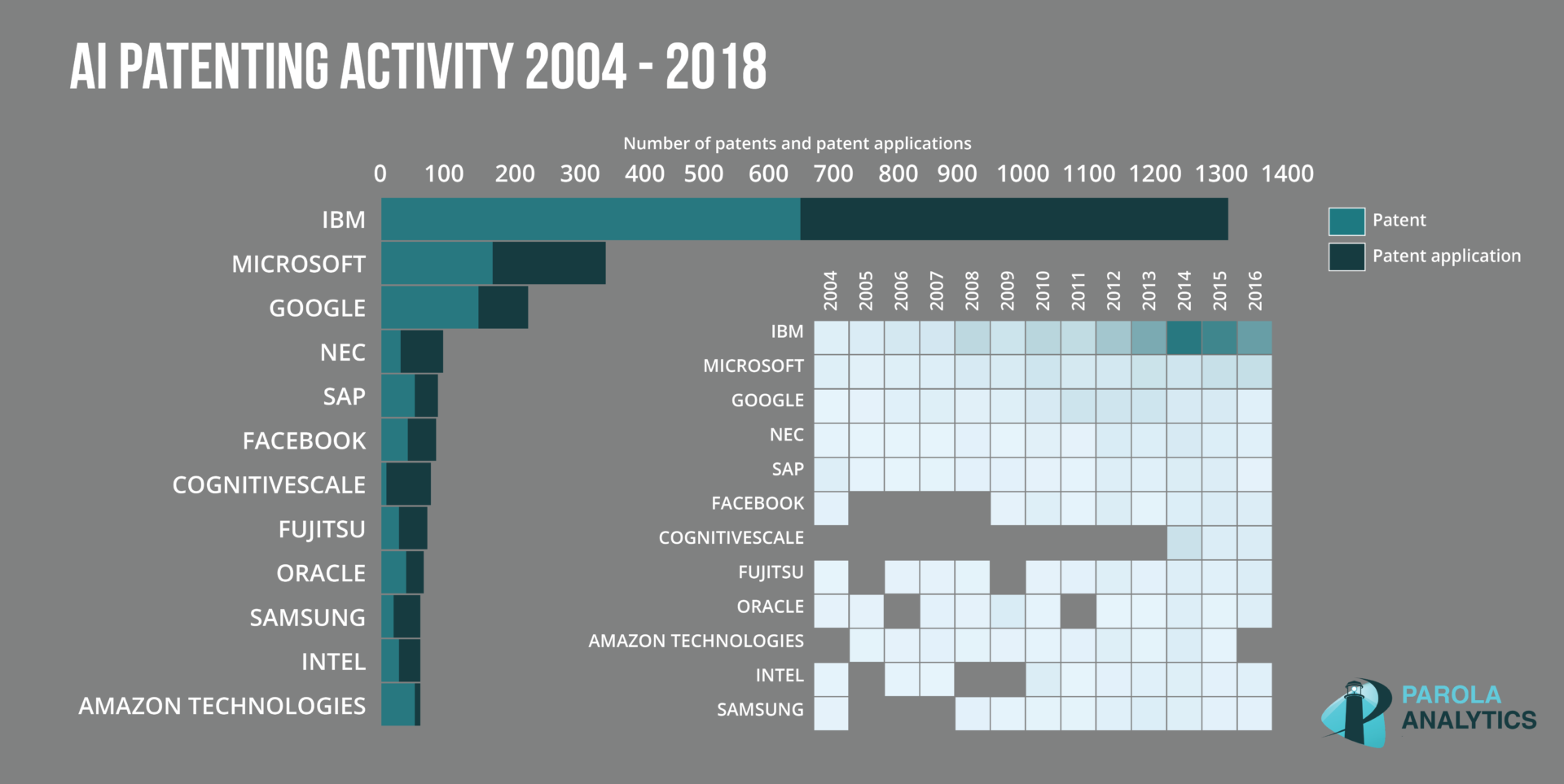A 2019 study conducted by a University of Baltimore professor reports a $78 Billion cost associated with fake news. The popularity of generative AI chatbots paints a grimmer picture by making it easier to create fictional articles that pass off as real. Even well-established newspapers like the Guardian are not immune to the spread of false news as news seemingly written by some writers of the Guardian were found to be generated by ChatGPT.
In a House of Commons report, the term fake news was replaced by the terms misinformation and disinformation. In the report, disinformation is defined as the “deliberate creation and sharing of false and/or manipulated information that is intended to deceive and mislead audiences, either for the purposes of causing harm, or for political, personal or financial gain”. Consequently, misinformation is said to be the act of sharing false information.
In this article, we explore three patent applications that attempt to combat the spread of fake news. Two of the patent applications handle news related to information found within a blockchain database while the other uses crowdsourcing for verifying the news. As information and misinformation can largely be generated by human intelligence, most corrective measures to combat fake news still rely heavily on “human” intervention.
Overlooked
This patent application proposes a social news network app that is built on a peer-to-peer blockchain network. This app not only distributes news but is also a digital marketplace that uses NFTs as a currency that are stored in digital wallets. As such, the app can also extend its capability to mining coins.
In contrast with social media networks where every member can upload content, this app filters out content through a validating team. This team is responsible for fact-checking to ensure that news distributed within the network are not misleading. Additionally, another organization within the network (Decentralized Autonomous Organization, DAO), can recommend a news item for moderation which the validators can check for accuracy. Both validators and moderators are composed of content creators, publishers and companies and can earn coins as incentive for filtering out or correcting false information. Only when a news item is validated can it be published within the platform.
Software modules within a server can also check for biases and hate speech to further ensure that news items are more factual and objective.
US 2023/0134118, “Decentralized Social News Network Website Application (dapplication) on a Blockchain Including a Newsfeed, NFT Marketplace, and a Content Moderation Process for Vetted Content Providers” was filed on October 14, 2022 by George J. Sehremelis, founder and CEO of Overlooked Inc.
Rovi Guides
In this patent application, blockchain technology is used to store news items that can be classified based on their relevance, credibility, authenticity, and accuracy. This innovation involves the arrangement of news items into tree-like data structures where each node includes information pertaining to individual data elements. Such a design facilitates fusion of a news item with corresponding relevant details like verification status, verifier identification, verifier reputation score and suggested interventions for ensuring veracity of reporting.
In addition to this unique method of representing a news item, the patent application also provides a means to monitor the rate at which a news item is shared. A rate above a threshold value triggers the system to initiate verification of the news item. In this way, the system deters proliferation of misleading news by promptly exposing erroneous content at an early stage.
US 2023/0031178, “Systems and Methods for Handling Fake News” was filed on August 2, 2021 by Rovi Guides Inc.
Crowdsource Truth
This patent application leverages the collective intelligence of online users to authenticate digital content. In contrast with the previous patent applications, this innovative solution does not assess the accuracy of the whole article. Instead, users are provided with the capability to verify statements of specific portions within an article.
Crowdsourcing may be a manual effort, but this patent application further provides a means to semi-automate verification. Following section-based truth determination by users, a hashing algorithm is applied to identify further occurrences of said portion across alternate websites.
US 2023/0037185, “Method and Apparatus for Crowd-Sourcing Determinations of Information Veracity” was filed on June 9, 2022 by Crowdsource Truth LLC.
For more patents on detecting fake news, check our mini patent landscape report: Deep Fakes, Disinformation, and Fact-Checking.






